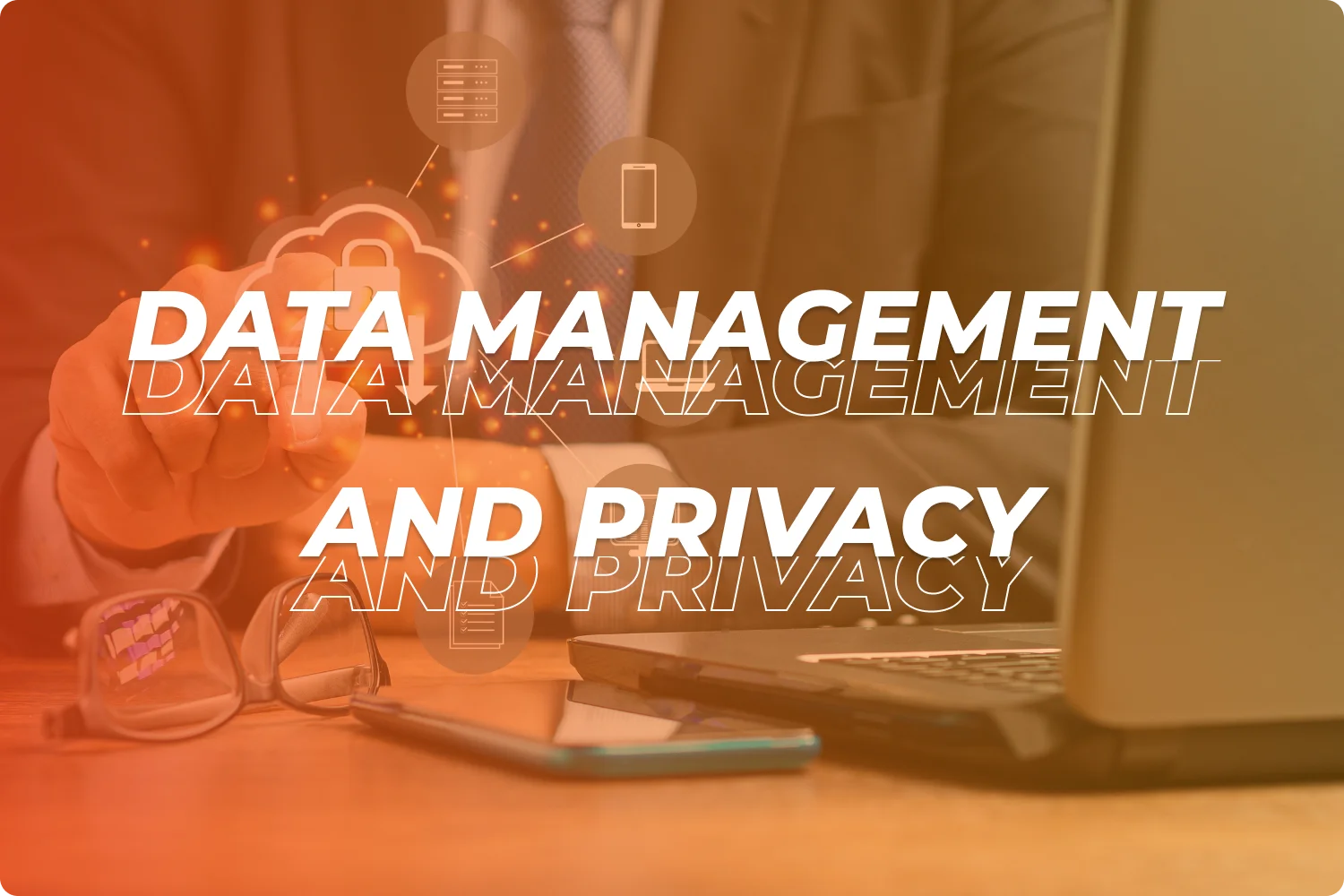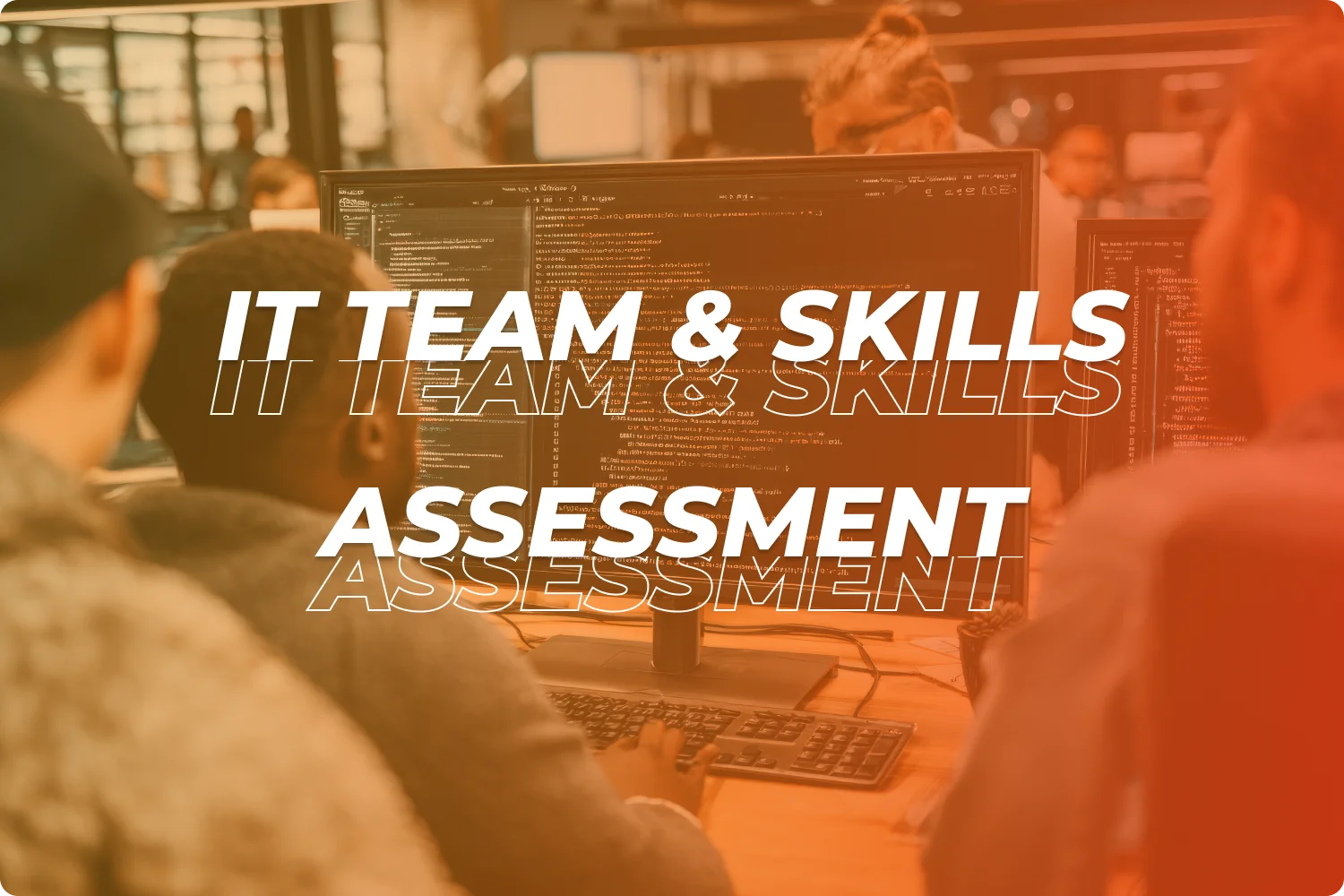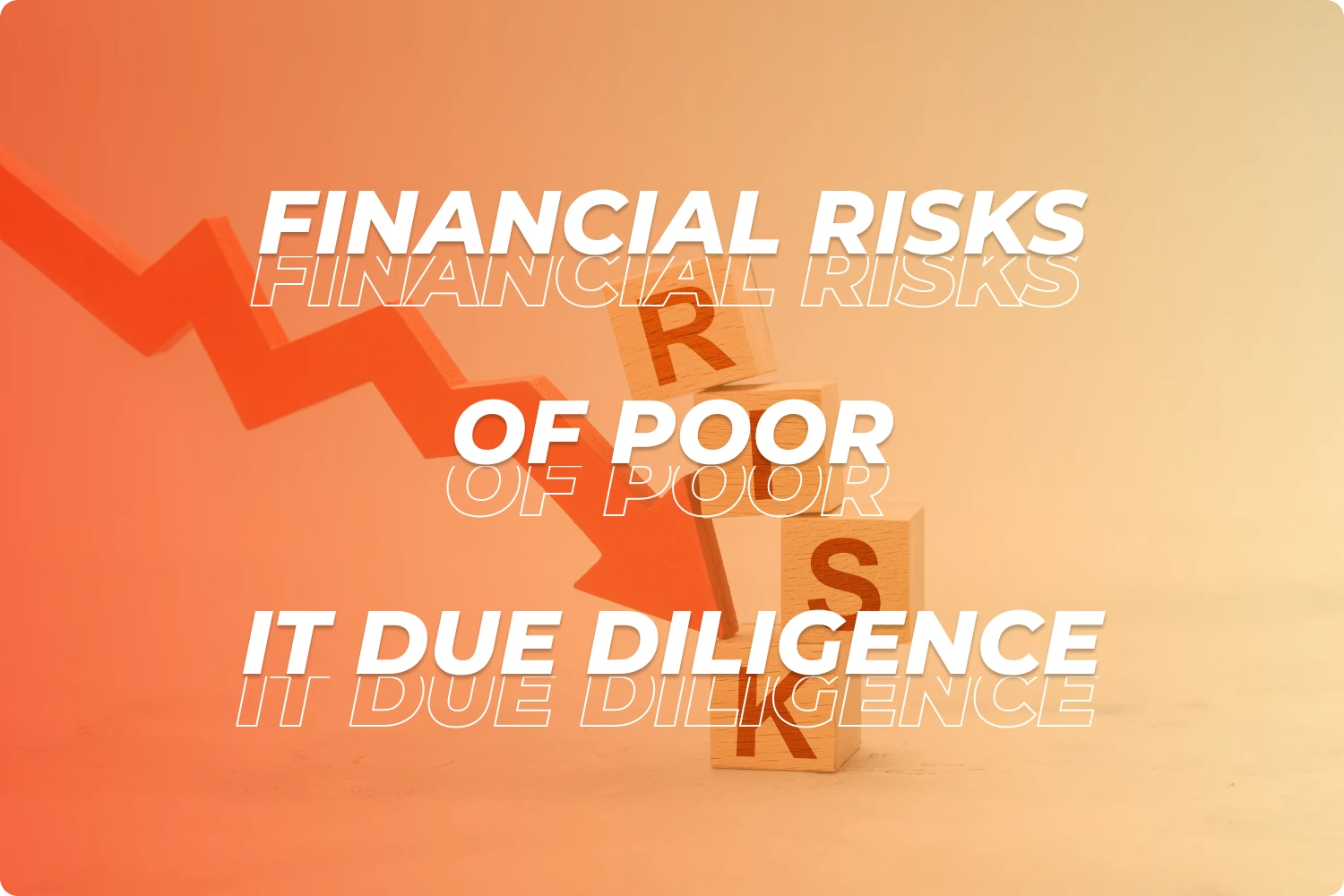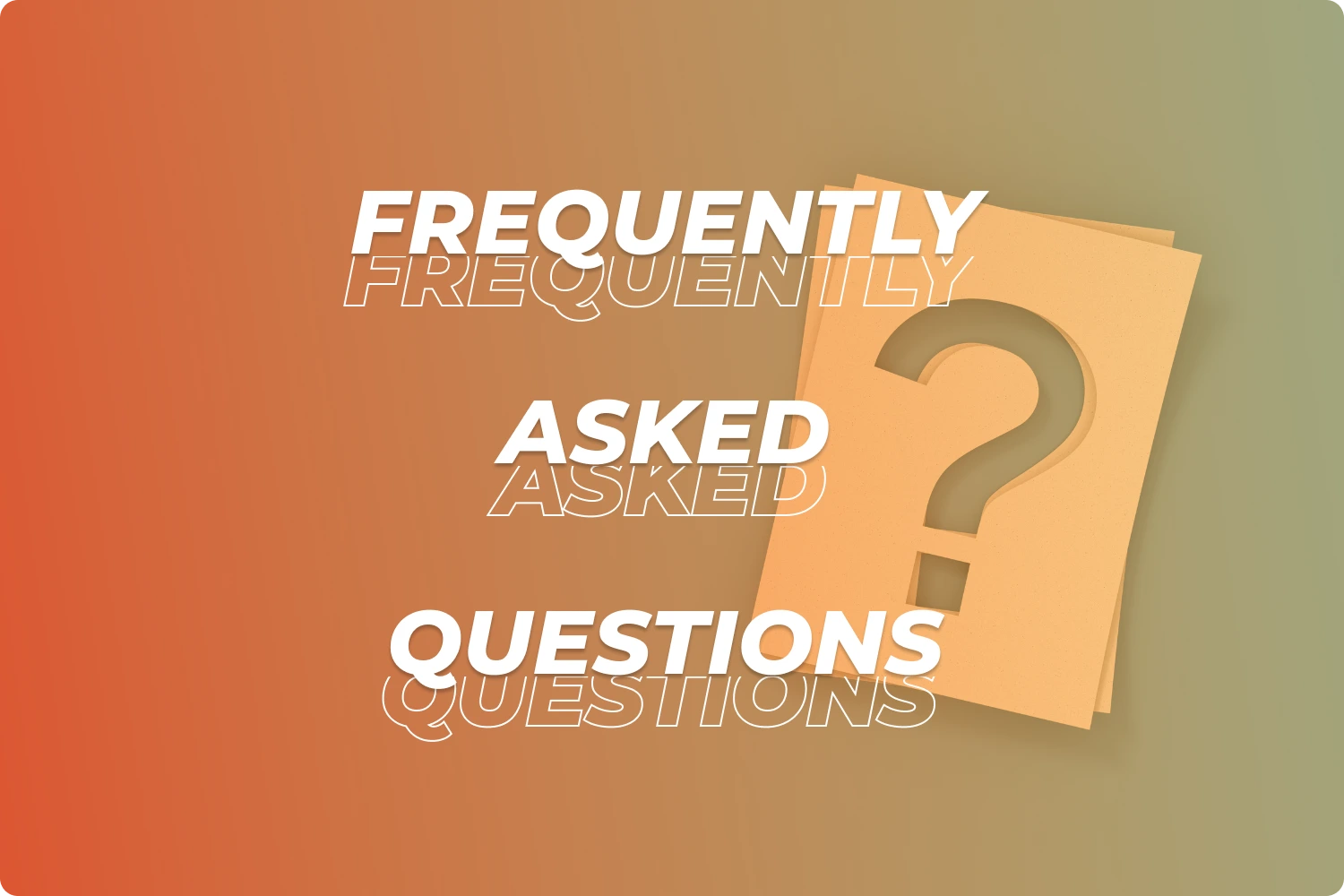In Singapore and Hong Kong, IT due diligence often determines whether M&A integration succeeds or fails. Financials and legal contracts may dominate the headlines, but overlooked IT systems, cybersecurity vulnerabilities, and privacy laws cause most post-deal headaches. The tangled web of infrastructure gaps, compliance risks, and technology incompatibilities can derail even the most promising acquisitions.
At FunctionEight, we've watched too many acquirers stumble through post-merger IT disasters that could have been avoided. Industry studies show that 30-50% of M&A value erosion traces back to technology integration failures. In Asia's tightly regulated financial hubs, IT assessment isn't optional, it's the foundation of deal success.
I've spent years managing M&A projects across Singapore and Hong Kong. Put IT due diligence at the front of your process, not as an afterthought. FunctionEight helps businesses in both markets run comprehensive IT assessments, focusing on risk mitigation, regulatory compliance, and extracting maximum value from every transaction.
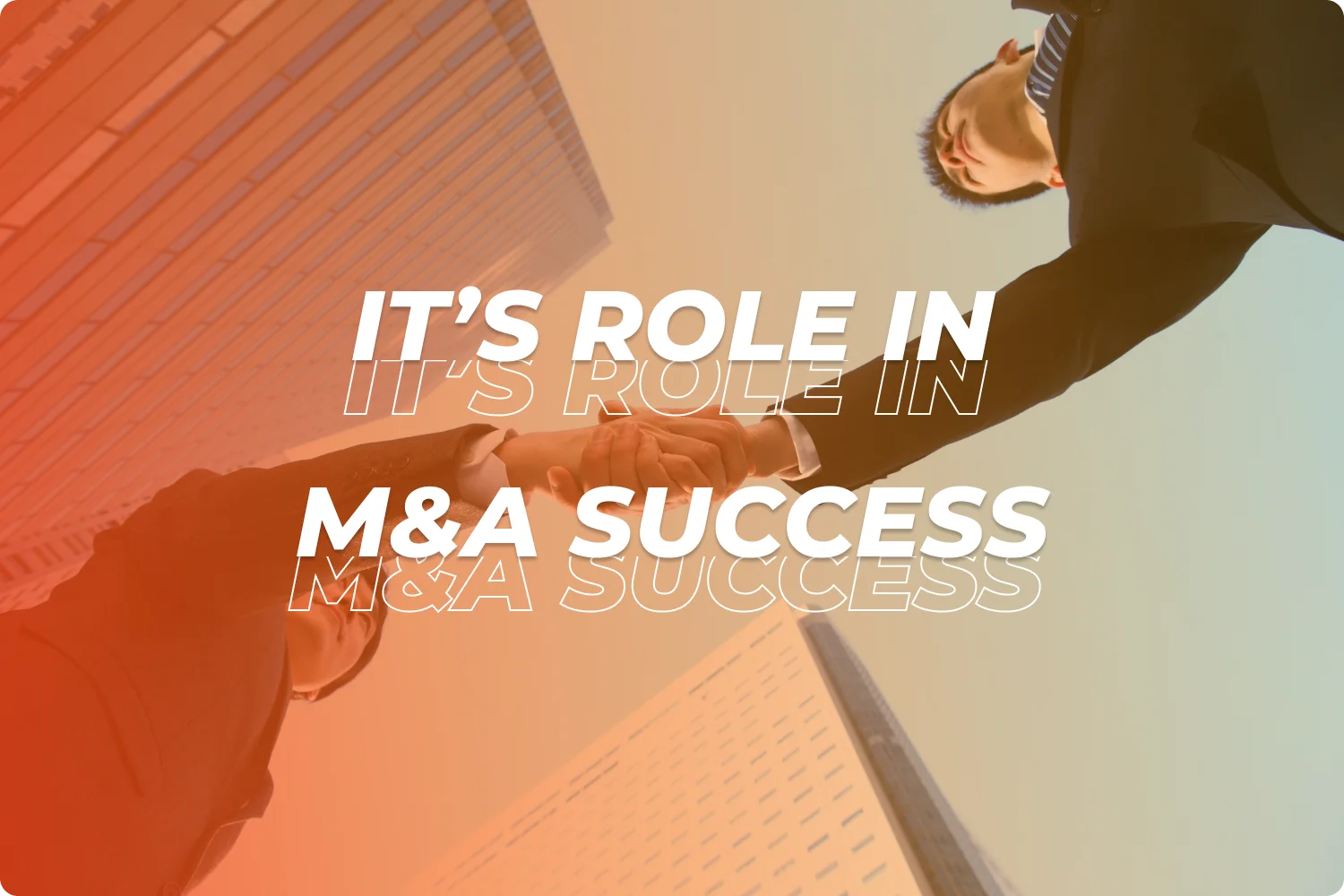
The Role of IT in Successful M&A
IT ensures business continuity after an acquisition. When two organizations merge, their systems, applications, and data need to integrate seamlessly. When they don't, daily operations grind to a halt: payroll breaks, customer service collapses, and revenue streams freeze up.
I've seen deals where outdated IT systems, poorly documented architecture, and "shadow IT" led to expensive integration failures. Sometimes the technology gaps are so severe that acquirers essentially buy a business they can't actually operate.
Common IT landmines in M&A:
- Legacy systems running on life support: Unsupported technology that's expensive or impossible to upgrade
- Documentation black holes: Missing technical documentation that makes migrations slow and risky
- Shadow IT everywhere: Unauthorized apps creating security gaps and compliance exposure
- Vendor lock-in traps: Critical dependencies on vendors who won't cooperate with new ownership
Here's a scenario I see repeatedly: An acquirer in Hong Kong merges with a Singapore tech firm, and the deal stalls for weeks when teams discover that critical business data lives in legacy databases nobody can access anymore. The original developers left years ago. Documentation is missing. The database platform lost vendor support in 2019.
What should have been a six-week integration becomes a six-month emergency project. A proper IT assessment early in due diligence flags these issues before the deal closes, giving buyers leverage to adjust pricing or walk away.
Note: All scenarios and examples in this article are illustrative composites based on common industry challenges, not specific FunctionEight client engagements.
Regulatory & Compliance Landscape in Singapore & Hong Kong
Singapore and Hong Kong enforce some of Asia's strictest data privacy and IT operations requirements. Singapore's Personal Data Protection Act (PDPA) establishes comprehensive rules for handling personal data, with penalties that can reach up to 10% of annual Singapore turnover for large organizations as of late 2025, or SGD 1 million for smaller entities. Hong Kong's Personal Data (Privacy) Ordinance (PDPO) carries equally serious consequences, including fines up to HKD 1 million and potential prison terms for directors.
Staying compliant during M&A is vital to avoid fines and legal exposure post-acquisition.
Financial Sector Requirements
Financial services firms face additional regulatory layers. In Singapore, the Monetary Authority of Singapore (MAS) publishes detailed Technology Risk Management (TRM) Guidelines mandating specific controls around IT resilience, cybersecurity, and data governance. Banks, insurers, and capital markets firms must demonstrate compliance throughout any M&A transaction.
Hong Kong financial institutions operate under similar scrutiny from the Hong Kong Monetary Authority (HKMA), which issues comprehensive supervisory guidelines covering IT systems and operational resilience.
Industry-Specific Compliance
Beyond finance, other sectors carry their own compliance burdens:
- Healthcare: Singapore's Ministry of Health (MOH) and Hong Kong's Hospital Authority set requirements for protecting patient data
- E-commerce: Consumer protection regulations, payment card industry (PCI) standards, and cross-border transaction rules
- Telecommunications: Sector-specific licensing requirements and network security obligations
Cross-Border Data Transfer Challenges
Cross-border M&A deals multiply compliance complexity exponentially. Data routinely moves between jurisdictions with different regulatory frameworks, such as Singapore, Hong Kong, mainland China, the EU, and others.
When a Singapore company with EU customers merges with a Hong Kong business serving Chinese clients, you're juggling PDPA, PDPO, GDPR, and China's data localization requirements simultaneously. At FunctionEight, we always include comprehensive cross-border compliance review in our due diligence engagements.
Core Areas of IT Due Diligence
A complete IT due diligence process covers several critical domains. Each area uncovers hidden risks and lays groundwork for smooth post-merger integration.
IT Infrastructure Audit
Your infrastructure audit examines both physical and cloud environments, servers, networks, storage systems, datacenters, and cloud services. Unexpected costs emerge when infrastructure is aging, poorly documented, or unable to scale.
Red flags to watch for:
- Age and support status of servers and networking equipment (anything over 5 years needs scrutiny)
- Use of unsupported or end-of-life operating systems
- Lack of redundancy, backup systems, and disaster recovery capabilities
- Mismatched hybrid configurations where on-premise and cloud systems don't integrate well
- Bandwidth and latency issues for businesses spanning multiple Asian cities
Singapore and Hong Kong companies typically operate hybrid infrastructure across regional and global datacenters. Auditing connectivity, latency, and backup systems across these distributed environments is essential for integration planning.
I also examine infrastructure contracts: when do hosting agreements renew? Are there early termination fees? Can you transfer contracts to a new entity?
Cybersecurity Review
Cybersecurity represents one of the highest-risk areas in M&A, particularly after several high-profile breaches across Southeast Asia. Your cybersecurity due diligence should cover:
Security incident history:
- Any breaches in the past 3-5 years, disclosed or otherwise
- Ransomware attacks or attempted attacks
- Insider threats or fraud
Security controls and certifications:
- Current certifications (ISO 27001, SOC 2, PCI-DSS where relevant)
- Incident response plans: do they exist, and have they been tested?
- Cyber insurance coverage and policy limits
- Vulnerability management processes
- Endpoint protection and network security architecture
Executive cybersecurity checklist:
- Has the target experienced security breaches in the last 36 months?
- When was the last penetration test, and what were the findings?
- Are all systems fully patched and up to date?
- What's the average time to detect and respond to incidents?
Hidden incidents or weak security controls expose buyers to enormous costs and reputational damage. In Singapore particularly, where financial services clients demand bank-grade security, acquirers insist on exhaustive security assessments.
Consider this scenario: A private equity firm acquires a Singapore-based SaaS company. Three months after closing, they discover the target suffered an unreported data breach that exposed customer credentials. The breach violated PDPA notification requirements. Now the new owners face regulatory fines, customer lawsuits, and a notification process that tanks customer confidence.
Software & Applications
Software licensing and management demands close attention in Asian M&A deals. Software piracy risks persist in some markets, and regulators in both Singapore and Hong Kong impose heavy fines for unlicensed software use.
My software audit process includes:
- Complete catalog of installed software and SaaS applications
- License documentation, including proof of purchase and renewal schedules
- Shadow IT discoveries (departments self-subscribing to unapproved tools)
- Ownership and documentation of custom code
- Open-source software usage and license compliance
The SaaS Sprawl Problem
The SaaS sprawl problem deserves special attention. When two companies merge, you often discover overlapping tools: two CRM systems, three project management platforms, four video conferencing subscriptions. I've seen merged organizations paying for 15+ duplicate SaaS tools nobody realized existed.
Post-merger, you'll need to consolidate subscriptions, migrate data between platforms, retrain users, and potentially break contracts early (which often triggers penalties).
Common licensing pitfalls:
- Named-user licenses that don't transfer to the merged entity
- Volume licensing agreements that become invalid when company structure changes
- Annual renewals coming up right after deal closes, giving vendors leverage to increase prices
FunctionEight helps both sides inventory these issues comprehensively to prevent wasted spending and legal exposure.
Data Management & Privacy
Every M&A transaction raises critical questions about data location, access controls, and privacy law compliance.
Data Inventory and Security Controls
Data inventory and classification:
- Comprehensive mapping of personal data (customer, employee, vendor)
- Identification of sensitive data (financial records, health information, proprietary data)
- Location of data storage: which countries, which cloud regions
- Data flow mapping: how data moves between systems and jurisdictions
Data security controls:
- Encryption standards for data at rest and in transit
- Access controls and authentication mechanisms
- Backup and recovery procedures
Privacy Compliance Verification
Privacy compliance verification:
- PDPA compliance documentation (Singapore)
- PDPO compliance records (Hong Kong)
- GDPR compliance for European customers or operations
- Consent management and customer rights fulfillment
- Data retention and secure deletion practices
Cross-border data movement presents particularly thorny challenges under Asia Pacific regulations. When a Hong Kong business with Singapore customers merges with a Singapore business serving Hong Kong clients, data residency requirements can conflict, forcing complete redesign of data architecture.
Vendor & Outsourcing Contracts
Nearly every company I work with in Singapore and Hong Kong relies on networks of IT vendors for cloud hosting, application development, and technical support.
Vendor dependency mapping:
- Critical third-party vendors and their roles
- Single points of failure: vendors who control essential systems
- Contract terms, service levels, and renewal dates
- Data ownership and portability provisions
Vendor risk assessment:
- Vendor security and compliance certifications
- Vendor financial stability
- Vendor's own cybersecurity posture
- Subcontractor relationships and fourth-party risk
Change of control provisions:
- Do vendor contracts automatically terminate on acquisition?
- Are there change-of-control fees or penalties?
- Can contracts be assigned to the acquiring entity?
Understanding which vendor relationships are truly mission-critical, and how easily those arrangements can transfer or be renegotiated, often determines integration success.
IT Team & Skills Assessment
Retaining key IT talent matters just as much as managing systems. Lose your top technical people during integration, and you lose the institutional knowledge that holds everything together.
Critical talent identification:
- Who are the technical leads who actually understand how systems work?
- Which team members hold unique knowledge about custom applications or legacy systems?
- Who has critical vendor relationships or security clearances?
Skills gap analysis:
- Does the combined organization have the right mix of skills for the integrated technology stack?
- Are there redundant roles that will face consolidation?
Retention risk factors:
- Extent of dependence on contractors who may leave immediately
- Compensation disparities between acquiring and target company IT teams
- Cultural differences in work style, particularly between Singapore and Hong Kong
- Job security concerns driving preemptive departures
I've led projects where missing this step caused catastrophic knowledge loss. In one case, a target company's lead developer, the only person who understood their core billing system, resigned the day after acquisition announcement. The billing system broke during integration, and nobody could fix it. Three months of revenue vanished while they rebuilt from scratch.
FunctionEight always puts comprehensive IT talent assessment at the center of every M&A technology review.
IT Due Diligence Checklist: Quick Reference
- Complete inventory of all hardware, systems, and applications
- Verify software licenses and current SaaS contracts
- Review cybersecurity posture and security incident history
- Confirm PDPA (Singapore) and PDPO (Hong Kong) compliance
- Assess industry-specific compliance (MAS, TRM, HKMA, sector regulations)
- Review all vendor contracts and system dependencies
- Map cross-border data flows and storage locations
- Evaluate IT talent and assess retention risk
- Verify disaster recovery and business continuity plans
- Calculate hidden costs (upgrades, license fees, subscription consolidation)
Hidden Financial Costs of Poor IT Due Diligence
IT mistakes generate financial shocks that destroy deal value. Here are the typical cost categories buyers encounter when they skip proper IT assessment.
Infrastructure upgrade costs: Obsolete systems often require immediate overhauls. Bringing legacy infrastructure up to current standards easily runs into millions of dollars. For a mid-size acquisition, I typically see infrastructure modernization budgets ranging from $2-5 million.
Software licensing penalties: Duplicate SaaS subscriptions and licensing non-compliance create immediate cost overruns. I've seen merged organizations discover they're paying $500,000-$1,000,000 annually in redundant software subscriptions.
Regulatory fines and remediation: Privacy law violations carry serious financial consequences. Under PDPA, Singapore can impose fines up to 10% of annual Singapore turnover for large organizations or SGD 1 million for smaller entities. Hong Kong's PDPO allows fines up to HKD 1 million plus potential criminal liability for directors. Remediation costs (mandatory security upgrades, consultant fees, legal expenses) multiply quickly.
Cybersecurity incident costs: Data breaches generate cascading expenses. Direct costs include forensic investigations, customer notifications, and regulatory fines. Indirect costs (customer churn, revenue loss, reputational damage) often exceed direct costs by multiples. In Asia, publicized breaches routinely cost companies $3-8 million in total impact.
Integration delays: Every month of delayed integration burns cash through duplicated systems and lost synergies. When IT integration stalls, you're paying for two sets of infrastructure, two IT teams, and two sets of software licenses. According to industry advisors and consulting firms, these monthly costs can quickly reach into the high six figures for mid-market deals, even beyond direct IT expenses, the overall financial impact can be significant.
Illustrative scenario: Consider a Singapore financial services firm that acquired a Hong Kong competitor. Pre-close IT due diligence was rushed and superficial.
Post-close, they discovered the Hong Kong business ran critical operations on Windows Server 2008 (end-of-life since 2015) with custom applications that wouldn't run on modern systems. The new owners faced a choice: keep running unsupported systems (violating MAS, TRM requirements), or rebuild the applications from scratch.
They chose to rebuild. Total cost: $4.2 million in development fees, eight months of delayed integration, and a formal warning from MAS about insufficient technology risk controls. Had they known beforehand, the deal price would have shifted dramatically.
Building a Robust IT Due Diligence Process
Across dozens of M&A deals, I've developed a comprehensive IT due diligence framework specifically for Singapore and Hong Kong transactions.
Key questions for buyers:
- What's the true condition of the IT infrastructure? What surprise upgrade costs are hiding?
- How well is data stored, secured, and backed up?
- Do software licenses and vendor contracts transfer cleanly?
- Is the company genuinely compliant with PDPA, PDPO, and industry-specific regulations?
- Where are the biggest cybersecurity risks?
- How will we retain critical IT talent after deal close?
- Which legacy systems might block integration?
- What's the realistic timeline for achieving full IT integration?
What sellers should prepare:
- Complete asset inventory: Hardware registers, software license documentation, cloud subscription details, vendor contracts
- Compliance documentation: Recent audit reports, compliance certificates (ISO 27001, SOC 2), regulatory filings
- Security evidence: Penetration test results, incident response procedures, cyber insurance policies
- Disaster recovery documentation: Backup procedures, recovery time objectives (RTOs), recent DR test results
- IT team information: Organization charts, key person dependencies, compensation structures
FunctionEight helps both acquirers and sellers organize this information systematically, accelerating due diligence and enabling smoother, faster closing.
Post-Merger IT Integration Strategy
Smart buyers start integration planning early, ideally before signing the deal. Waiting until after close adds months of delay and unnecessary disruption.
Essential integration components:
- Phased migration roadmaps: Break integration into manageable phases with clear milestones
- System alignment plans: Decide which systems to keep, retire, integrate, or replace
- Defined IT organizational structure: Clear reporting lines and decision-making authority
- Communication frameworks: Regular updates to all stakeholders and transparent change management
Cultural & Communication Challenges in Asia
Merging IT teams across Singapore and Hong Kong introduces unique cultural dynamics that executives often underestimate. These aren't minor soft issues; they directly impact integration success.
Different working styles: Singapore IT teams often operate with more structured processes and formal documentation. Hong Kong teams frequently favor faster decision-making and more entrepreneurial approaches. Neither is better; they're just different. But when you merge them without addressing these differences, you get friction and stalled projects.
Solutions that work:
- Establish joint integration committees with representatives from both geographies
- Create explicit communication protocols that respect both cultures
- Invest in team-building activities that help people understand each other's working styles
- Assign integration champions who have credibility in both organizations
- Over-communicate during the transition
Strong leadership buy-in matters enormously. When executives from both organizations visibly commit to integration success and address employee concerns directly, transitions run far more smoothly.
When I guide post-merger IT work through FunctionEight, my priorities center on minimizing business disruption, maintaining regulatory compliance, and helping staff adapt successfully to new technology environments.
FunctionEight's IT Due Diligence Services
When I work with clients in Singapore and Hong Kong on IT due diligence, we start with hands-on assessment of IT risks, infrastructure realities, and compliance exposure.
FunctionEight's approach includes:
- Comprehensive IT audits and risk assessments
- Deep cybersecurity and compliance reviews
- Vendor contract analysis and risk mapping
- Business continuity and resilience planning
- Pre- and post-merger integration support
What sets FunctionEight apart is our combination of deep regional expertise and global best practices. We understand Singapore and Hong Kong regulations intimately. We know local market dynamics, vendor landscapes, and cultural considerations.
We customize our due diligence process to match local requirements while keeping your merged business stable and positioned for long-term success. Our support continues well beyond closing. We guide merged businesses through early integration challenges and help maintain momentum in demanding markets.
Frequently Asked Questions
What is IT due diligence in M&A?
IT due diligence means systematically assessing a target company's IT systems, data management practices, cybersecurity posture, vendor contracts, and technical talent as part of deal evaluation. The goal is identifying hidden risks, integration challenges, and compliance gaps before you sign.
Why is IT due diligence critical in Singapore and Hong Kong deals?
Singapore and Hong Kong enforce strict data privacy laws and operate technology-dependent economies. IT sits at the center of business operations in both markets. Skipping IT due diligence invites regulatory fines, reputational damage, and expensive upgrade requirements that surface only after closing.
What are the main risks of skipping IT due diligence?
Primary risks include discovering legacy systems requiring millions in upgrades, inheriting unreported cybersecurity incidents, missing regulatory compliance obligations, facing surprise vendor or licensing costs, and struggling to integrate incompatible systems and teams post-acquisition.
How long does IT due diligence usually take?
Timeline depends on deal size and complexity but expect 3-6 weeks for thorough IT due diligence on mid-market transactions. Small acquisitions might complete in 2-3 weeks. Large, complex deals, particularly cross-border transactions or heavily regulated industries can require 8-12 weeks.
Key factors affecting timeline include quality of target's documentation, number of systems to review, regulatory complexity, and cross-border data flows requiring multi-jurisdiction analysis.
Who should lead IT due diligence: internal IT or external consultants?
The best solution often combines both. Internal IT teams bring institutional knowledge and understand your existing technology stack. External consultants like FunctionEight provide specialized M&A expertise, objective assessment, and experience across multiple deals and industries.
Recommended approach: Use external consultants to lead the due diligence process and identify risks objectively. Involve internal IT leadership for integration planning and system compatibility evaluation. This combination delivers thorough risk discovery while building internal buy-in.
What's the first step when starting IT due diligence?
Engage experienced IT due diligence consultants early in your M&A process, ideally during initial deal evaluation, not after the term sheet is signed. Early engagement allows time for comprehensive assessment and gives you leverage to adjust deal terms based on findings.
Your consultant should immediately begin creating a detailed IT asset inventory covering infrastructure, applications, data, vendors, and technical talent.
How much should you budget for IT due diligence?
Budget depends on deal size and complexity, but IT due diligence costs are typically small compared to the risks uncovered. For mid-market transactions, expect to invest $50,000-$150,000 for comprehensive IT assessment. Larger, more complex deals may require $200,000-$500,000.
Consider this perspective: discovering a $4 million infrastructure problem during due diligence (when you can renegotiate price) is far better than discovering it post-close. The return on investment for thorough IT due diligence routinely exceeds 10:1 when hidden risks are properly identified and addressed.
Bringing It All Together
Thorough IT due diligence sets the foundation for M&A success by exposing hidden costs and compliance risks before they become expensive post-close surprises. Skipping proper IT assessment risks failed integrations, regulatory fines, and lost business value.
The stakes are particularly high in Singapore and Hong Kong, where regulatory scrutiny is intense, technology dependencies run deep, and market expectations demand seamless service continuity.
Working with FunctionEight, executives and deal teams can move confidently through each due diligence stage, supported by real-world expertise and practical guidance tailored to Singapore and Hong Kong requirements. We've managed IT due diligence across hundreds of Asian transactions, and we know where deals break and how to prevent it.
Important note: FunctionEight provides IT consultancy and due diligence services, not legal advice. Clients should consult qualified legal counsel for compliance questions and regulatory interpretation specific to their transactions.
For comprehensive IT due diligence consulting, proactive risk mitigation, and ongoing post-merger technology support, partner with FunctionEight for your next transaction across Asia. In M&A, the cheapest time to catch IT risks is before you sign. Contact FunctionEight today to safeguard your deal.




